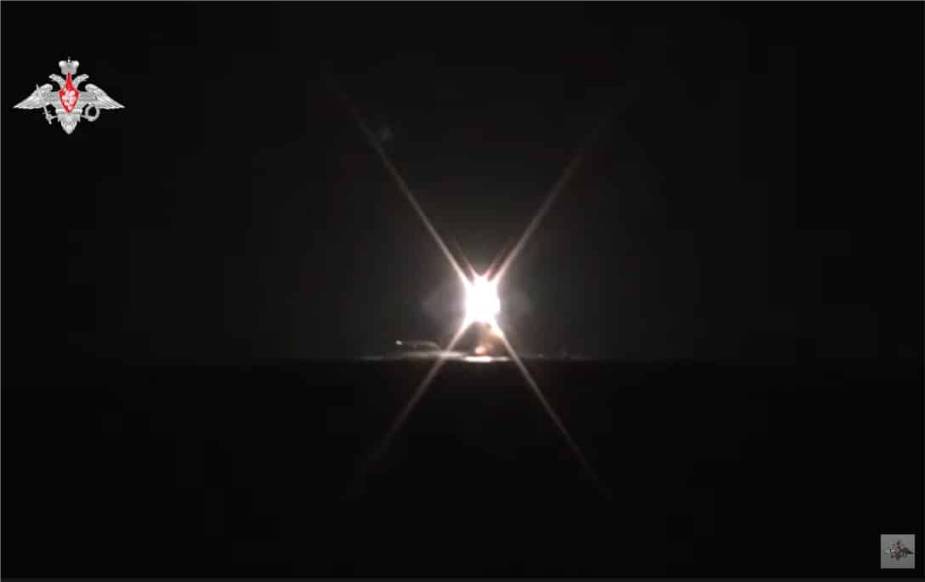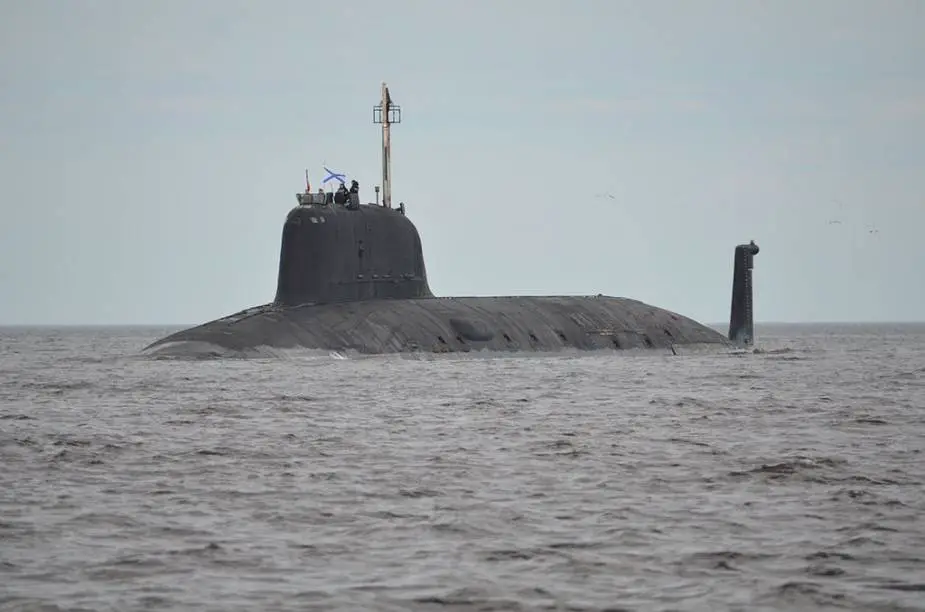Analysis: Tsirkon hypersonic missile will increase Russian Navy capabilities
Russia is pursuing two hypersonic weapons programs including the Avangard and the 3M22 Tsirkon also called Zircon. Tsirkon is reportedly capable of striking both ground and naval targets. The Severodvinsk Yasen-class SSGM of project 885 for the first time test-fired Tsirkon hypersonic missile from a surfaced position and a depth of 40 meters.
Follow Navy Recognition on Google News at this link
 The Russian Navy has performed the first-ever test launch of a Tsirkon-class hypersonic missile from the Severodvinsk nuclear submarine. (Picture source Russian MoD)
The Russian Navy has performed the first-ever test launch of a Tsirkon-class hypersonic missile from the Severodvinsk nuclear submarine. (Picture source Russian MoD)
The Russian Defense Ministry said the tests were successful, while Defense Minister Sergey Shoigu said the missile would be shortly accepted into service, TASS military writer Dmitry Litovkin said.
The Defense Ministry contracted NPO mashinostroenia at Army-2021 forum to supply a batch of Tsirkon missiles even before the trials. Such exclusive decisions are made when the customer is absolutely convinced in the results of trials and is ready to ignore legal formalities.
NPO mashinostroenia is the main designer of missiles for Russian warships and submarines. The Antey-class SSGN of project 949A, Orlan-class cruisers of project 1144, and Yasen-M-class fourth-generation submarines of projects 885 and 885M are armed with them. Bastion coastal complexes also fire missiles of the enterprise. The Russian-Indian BrahMos joint venture has adapted an Onyx missile for the Su-30MKI fighter jet.
Tactical Missiles Corporation (KTRV) CEO Boris Obnosov commented on Tsirkon tests at the MAKS 2021 airshow. “Naturally, the time was agreed with the customer and everything goes as scheduled. I keep my fingers crossed and hope we shall observe the deadline although the missile is very sophisticated. I participated in some of the test launches and they produced an exciting impression. I repeat, we shall do everything on time,” he said.
The temperature on the surface of a flying Tsirkon reaches 2500 degrees. The KTRV has demonstrated carbon-carboniferous composite material at defense shows. In the military sphere, it coats Tsirkon and the hypersonic gliding vehicle of the Avangard complex. In the civilian sphere, it is used to make prosthetic joints.
Indian colleagues of NPO mashinostroenia from BrahMos Aerospace Limited have numerously demonstrated their hypersonic missile at various shows. It looked like the Onyx missile with a different nose. The hull had a broken form. The mockup of the prospective missile has disappeared from displays of late, as it might have disclosed Tsirkon secrets.
Shoigu has recently said that Tsirkon had confirmed characteristics at test launches. The supplies are likely in 2022. However, some news agencies reported that the Admiral Gorshkov frigate may test-fire a salvo of hypersonic missiles yet.
Deputy Defense Minister Alexey Krivoruchko said upgraded big antisubmarine ships of project 1155, the Admiral Nakhimov cruiser of project 1142M, upgraded SSGN of project 949A would be armed with Tsirkon. The warships have to have universal 3S-14 vertical launchers for that. They can fire Onyx anti-ship, Kalibr cruise, and hypersonic Tsirkon missiles. It means Buyan-M-class and Karakurt-class corvettes of projects 21361 and 22800 can also carry Tsirkon.
The Russian Navy will increase its combat capabilities in 2022 due to the new missiles. Tsirkon provides a major advantage in sea combat. The adversary will know that any corvette or cruiser may fire a hypersonic missile, which is difficult to intercept.

Russian Navy K-560 Severodvinsk Yasen class SSGN submarine. (Picture source Twitter Capt(N))
© Copyright 2021 TASS Navy Recognition. All rights reserved. This material may not be published, broadcast, rewritten or redistributed.


























